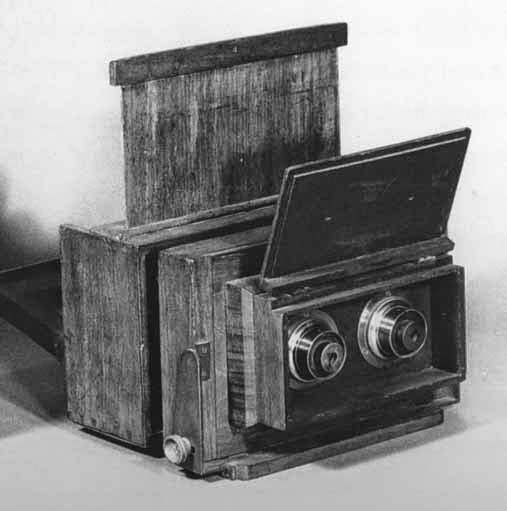The American Civil War during the 19th
century was one of the first wars to be documented in picture. Photographers
faced many major constraints when they were photographing the war. Before the
digital cameras or film photography was available civil war photographers had
to deal with the long exposure times between each shot. This also depended on
how much sun was available in order to properly expose each shot. The amount of
times between each possible photo was two to five seconds which was required
“to properly expose a large-format collodion on glass negative” that was
typically used on the battlefield. Photographer Matthew Brady and his team of
photographers though ready to photograph the first land battle of the Civil War
because of the constraints of their cameras and the movements of the battle,
were unable to return from the battle at Bull Run, Virginia with a single
photograph.
Photographer Matthew Brady was born in
1822 in New York State. A photojournalist who decided that the war should be
documented in photo though he was granted approval to document the events he
would have to finance the venture on his own. Brady at had mastered
daguerreotype photography which was “an early photography produced on a silver
or a silver-covered copper plate” (Merriam-Webster) Later creating tinted Daguerreotype by using copper instead of silver. When
Brady invited Alexander Gardner to the United States Brady switched to the wet
plate process of photography which was introduced to him by Gardner. Wet Plate
Process Photography also known as collodion process is “a photographic
process, in common use in the mid-19th century, employing
a glass
photographic plate coated with iodized collodion and dipped in a silver nitrate solution immediately
before use.”
(dictionary.com) soon after learning this process Brady stopped using daguerreotype
photography.
Matthew Brady was also well known for
his photographs of American Presidents, he most well-known for his portraits
that he photographed of President Abraham Lincoln as well as many of the
soldiers during the Civil War such as Ulysses S. Grant and Robert E. Lee. The
camera that Brady used to photograph the portraits of President Lincoln was
used only once since Lincoln passed away. The studio camera and the Tripod was
lent to Time Magazine by the Meserve family in 1957 to photograph President
Dwight D. Eisenhower in a photo similar to one that Matthew Brady had taken of
President Lincoln.
There are two different aspect of Civil
War photography that is notable. The first are the photographs of the subjects
that showed people the true horrors of the war, such as those of the
devastation of the areas subjected to the battles as well as those of fallen
soldiers in the battlefields. The camera worked well with these subjects
because they weren’t moving unlike the photographs that were attempted during
the battles. Photographer Alexander Gardner said “It was, indeed, a ‘harvest of
death”. When describing the scene of the photos taken during Gettysburg in July
of 1863. Another notable type of photography of the Civil War is the hand
painted portraits of the soldiers in the Union army. The photographs were
commissioned in 1866, by Montgomery Meigs Quartermaster General of the United
States Army to show “the army behind the army”. Meigs understood the historical
value of properly recording the colors of the uniforms of the soldiers who were
in the war. The branch of the army that Meigs served in specialized in
distributing supplies to the army during the war one of the supplies was the
clothing that would be worn by the soldiers.

Comments
Post a Comment